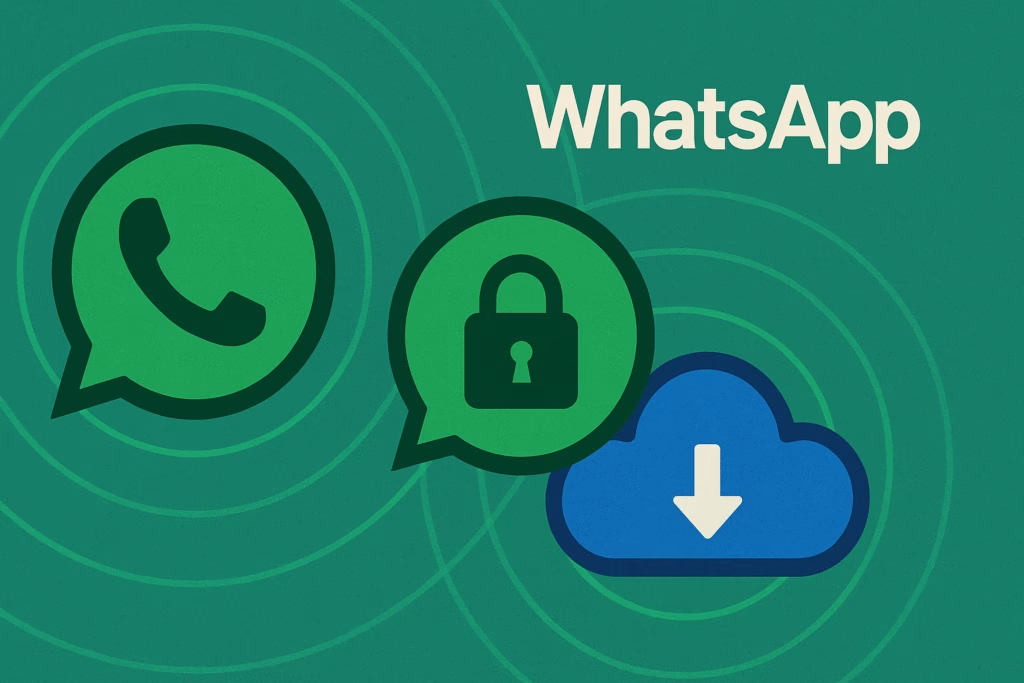
Introduction
Phishing attacks targeting American Express cardholders have surged by over 220% in the past two years, according to the FBI’s Internet Crime Complaint Center (IC3). Fraudsters impersonate American Express via email or text, tricking victims into revealing account details and social security numbers. Left unchecked, these scams can lead to unauthorized charges, identity theft and damaged credit scores. Fortunately, prompt and correct fraud reporting procedures minimize losses and help authorities dismantle phishing rings. In this article, you’ll learn exactly how to report American Express phishing scams, secure your account, and leverage tools like PhishDef for ongoing protection.
Understanding American Express Phishing Scams
Phishing is a social engineering attack where cybercriminals masquerade as legitimate institutions—in this case, American Express. They lure victims with urgent messages:
- “Your account is suspended—click here to verify.”
- “Unusual purchases detected—confirm your information.”
Once victims click malicious links, they land on spoofed websites that harvest credentials. According to Wikipedia, phishing accounts for over 80% of reported cybersecurity incidents in the financial sector.
Common Phishing Channels
- Email: Fake statements or security alerts
- SMS (“Smishing”): Short message links to malicious pages
- Voice (“Vishing”): Automated calls prompting urgent verification
- Social Media: Fake AMEX support accounts
Why Prompt Reporting Matters
Quick action reduces financial exposure, prevents further account compromise, and aids law enforcement. Key benefits include:
- Fraud Containment: American Express can freeze your account before large charges occur.
- Investigation Support: Timely reports feed into the IC3 database for coordinated takedowns.
- Liability Protection: U.S. federal regulations—like the Fair Credit Billing Act—limit your responsibility if you report American Express phishing quickly.
How to Report American Express Phishing Scams
American Express provides multiple channels to reporting American Express phishing attempts. Follow these steps:
1. Forward Phishing Emails
- Open the suspicious email.
- Do not click any links or download attachments.
- Forward the email as an attachment to phishing@americanexpress.com.
- Delete the email from your inbox and trash folder.
2. Report via the American Express Website
- Visit the official phishing page: American Express Phishing & Fraud Protection.
- Scroll to the “Report Suspicious Email or Website” section.
- Complete the brief form with details about the message and your card number (last four digits).
- Submit and note the reference number for follow-up.
3. Call American Express Customer Service
- Dial the number on the back of your card or 1-800-528-4800 (U.S. toll-free).
- Inform the representative that you wish to report fraudulent activity or phishing.
- Provide the date/time of the phishing attempt and any relevant screenshots.
- Confirm the next steps: card freeze, new card issuance, and PIN reset.
Best Practices to Protect Your American Express Account
Even after reporting, adopt these proactive measures to reduce phishing risk:
- Enable Two-Factor Authentication (2FA): Require OTPs for account access.
- Install Anti-Phishing Software: Tools like PhishDef scan inbound emails and warn you of suspicious links.
- Regularly Review Statements: Check for unrecognized charges and reconcile every month.
- Be Skeptical of Urgent Requests: Legitimate institutions rarely demand immediate action via email or text.
- Verify URLs Manually: Hover over links without clicking; ensure the domain is “americanexpress.com”.
Real-World Examples and Case Studies
Understanding how phishing plays out in real life highlights the importance of swift reporting:
Case Study 1: Immediate Reporting Prevents Loss
In March 2023, a New York cardholder received a well-crafted phishing email claiming “unauthorized purchases.” They forwarded the email to phishing@americanexpress.com within minutes and called customer service. American Express froze the account, issued a new card within 24 hours, and reversed a $2,500 fraudulent charge. Prompt reporting saved the victim from financial loss and hours of dispute resolution.
Case Study 2: Delayed Reporting Leads to Liability
In July 2022, a California resident ignored suspicious SMS alerts for two days. By the time they reported, cybercriminals had made six high-dollar transactions. The customer was held partially liable under the Fair Credit Billing Act because of the reporting delay. The case underscores why american express report phishing immediately.
Step-by-Step Guide: Setting Up PhishDef for Ongoing Protection
PhishDef integrates seamlessly with email clients to detect phishing attempts before you click. Here’s how to get started:
- Sign up for a PhishDef account at PhishDef.com.
- Install the PhishDef browser extension compatible with Chrome, Firefox, or Edge.
- Enable email scanning in the dashboard; connect your webmail or corporate Exchange account.
- Customize alert thresholds and set up daily phishing summaries.
- When PhishDef flags a message, verify it immediately and use the “Report to American Express” button to forward in one click.
Key Takeaways
- Phishing targeting American Express surged by 220% recently—stay vigilant.
- Always forward suspicious emails to phishing@americanexpress.com and delete them.
- Use the official American Express Phishing & Fraud Protection page for online reports.
- Call 1-800-528-4800 immediately for urgent card freezes.
- Deploy anti-phishing tools like PhishDef to block threats before they reach your inbox.
Call to Action
Don’t wait until it’s too late—integrate PhishDef into your security toolkit and follow the procedures above to swiftly report American Express phishing scams. Protect your finances, reduce fraud liability, and help shut down phishing operations. Get started with PhishDef today at PhishDef.com!


